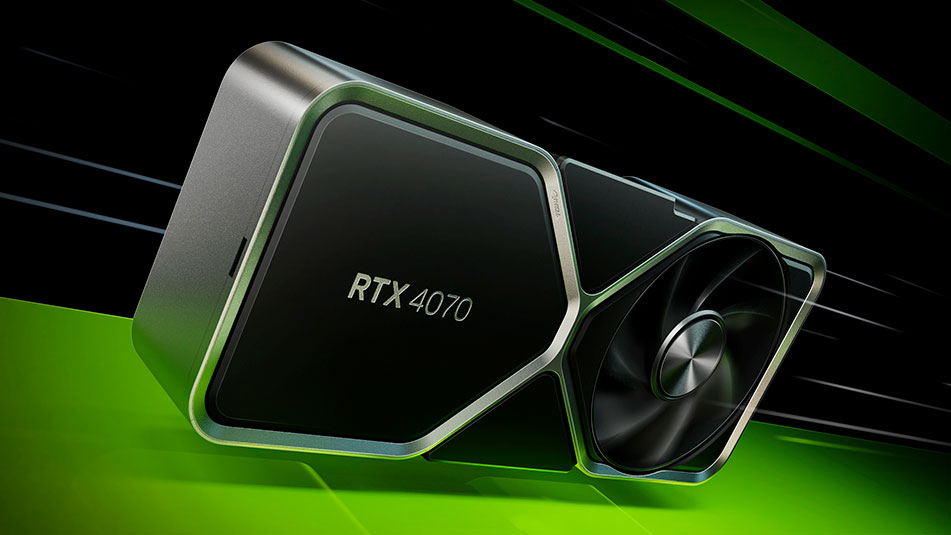Nvidia's laptop GPUs appear in desktop PC graphics cards in China — upping the power limits unleashes more gaming performance, but these cards come with risks
AD103 and AD104 graphics processors for laptops.

Avid readers of Tom's Hardware already know that graphics processing units (GPUs) designed for laptops tend to end up on desktop graphics cards made by little-known Chinese brands. Well, this has happened again with Nvidia's GeForce RTX 4080 Laptop and GeForce RTX 4090 Laptop GPUs that were installed on larger printed circuit boards (PCBs) and sold as desktop graphics cards, reports VideoCardz.
For obvious reasons, the so-called GeForce RTX 4080M (listed at $420 - $560) and GeForce RTX 4090M are cheaper than some of Nvidia's best graphics cards from renowned brands partnering with Nvidia. However, apart from build quality concerns (which is something one should consider with little-known makers of graphics cards), there are peculiarities to consider before buying one of these mobile-originating GPU-based products. Perhaps the main one here is performance: being mobile GPUs, they are cut down in terms of the number of active CUDA cores.
Based on the VideoCardz report, the so-called GeForce RTX 4080M (GeForce RTX 4080 Laptop GPU) is said to perform somewhere between the GeForce RTX 4070 and GeForce 4070 Ti desktop models. Meanwhile, it has a lower power limit of 285W, which is still much higher than the mobile form factor's peak of 175W, and less memory than the real GeForce RTX 4080. As for the so-called GeForce RTX 4090M, it may be at least 40% slower than the real GeForce RTX 4090 based on the number of CUDA cores alone.
A short brief of specifications of the so-called GeForce RTX 4080M and GeForce RTX 4090M graphics cards looks as follows:
| Row 0 - Cell 0 | GeForce RTX 4080M | GeForce RTX 4080 | GeForce RTX 4090M | GeForce RTX 4090 |
| GPU | AD104 | AD103 | AD103 | AD102 |
| CUDA Cores | 7,424 | 9,728 | 9,728 | 16,384 |
| Memory | 12 GB | 16 GB, 718 GB/s | 16 GB | 24 GB, 1,008 GB/s |
| Power Limit | 285W | 320W | ? | Row 4 - Cell 4 |
Of course, these graphics cards are relatively cheap, but there are downsides to buying these GPUs. Firstly, they have limited warranty support (since you essentially buy from a no-name brand). Secondly, Nvidia has different drivers for desktop and laptop GPUs, and at some point, this may become a burden.
In general, while these mobile-turned-desktop GPUs can be tempting due to their lower price, it is important to be aware of their generally lower performance compared to legit desktop parts, as well as other risks before making a purchase.
Get Tom's Hardware's best news and in-depth reviews, straight to your inbox.

Anton Shilov is a contributing writer at Tom’s Hardware. Over the past couple of decades, he has covered everything from CPUs and GPUs to supercomputers and from modern process technologies and latest fab tools to high-tech industry trends.